besides the obvious, what can give off CO
w0lley32
11 years ago
Related Stories
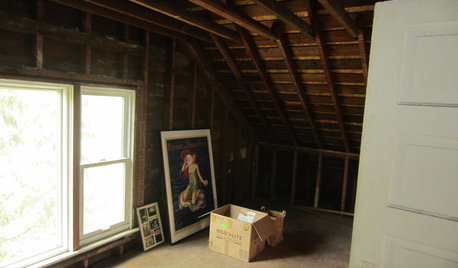
Houzz Call: What Gives You the Creeps at Home?
Halloween horror got nothing on your basement, attic or closet? Show us that scary spot you steer clear of
Full Story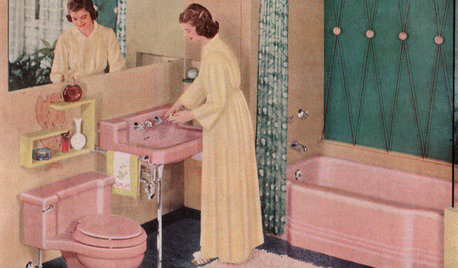
MOST POPULARHomeowners Give the Pink Sink Some Love
When it comes to pastel sinks in a vintage bath, some people love ’em and leave ’em. Would you?
Full Story
INSPIRING GARDENSLawn Gives Way to a More Natural Lakeside Garden
Meadow grasses, beach pebbles and driftwood replace turfgrass in a nature-friendly landscape on Lake Washington’s shore
Full Story
KITCHEN DESIGNHave Your Open Kitchen and Close It Off Too
Get the best of both worlds with a kitchen that can hide or be in plain sight, thanks to doors, curtains and savvy design
Full Story
CHRISTMASGift Giving the Simple-ish Way
If buying holiday gifts drives you to the spiked holiday punch, try these easier but still rewarding traditions
Full Story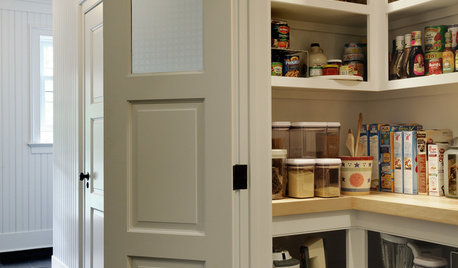
HOUSEKEEPINGAll Together Now: Tackle Home Projects With a DIY Co-op
You're in good company when you pair up with a pal to clean, organize, repair and replace
Full Story
DECORATING GUIDESBring in da Funk: How Humble Touches Give a Home Soul
Shake up expectations and stir up interest with pieces that show patina, create contrast or offer a jolt of surprise
Full Story
GREAT HOME PROJECTSHow to Give Your Driveway and Front Walk More Curb Appeal
Prevent injuries and tire damage while making a great first impression by replacing or repairing front paths
Full Story
KITCHEN DESIGNKitchen Sinks: Antibacterial Copper Gives Kitchens a Gleam
If you want a classic sink material that rejects bacteria, babies your dishes and develops a patina, copper is for you
Full Story
BATHROOM MAKEOVERSRoom of the Day: Gold Gives This Bathroom a Warm Glow
The metallic finish combines with subway tile and a gray floor in a streamlined space
Full Story





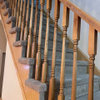

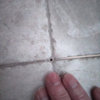
brickeyee
live_wire_oak
Related Professionals
Wood River Kitchen & Bathroom Remodelers · Folsom Kitchen & Bathroom Remodelers · Oceanside Kitchen & Bathroom Remodelers · Toledo Kitchen & Bathroom Remodelers · Lake Forest Park General Contractors · Mililani Town General Contractors · Monroe General Contractors · Woodland General Contractors · Derby Painters · Dorchester Painters · Hayward Painters · Menlo Park Painters · Oakdale Painters · Oklahoma City Painters · North Reading Paintersw0lley32Original Author
w0lley32Original Author
bus_driver
mike_kaiser_gw
w0lley32Original Author
jaansu
steve_in
brickeyee